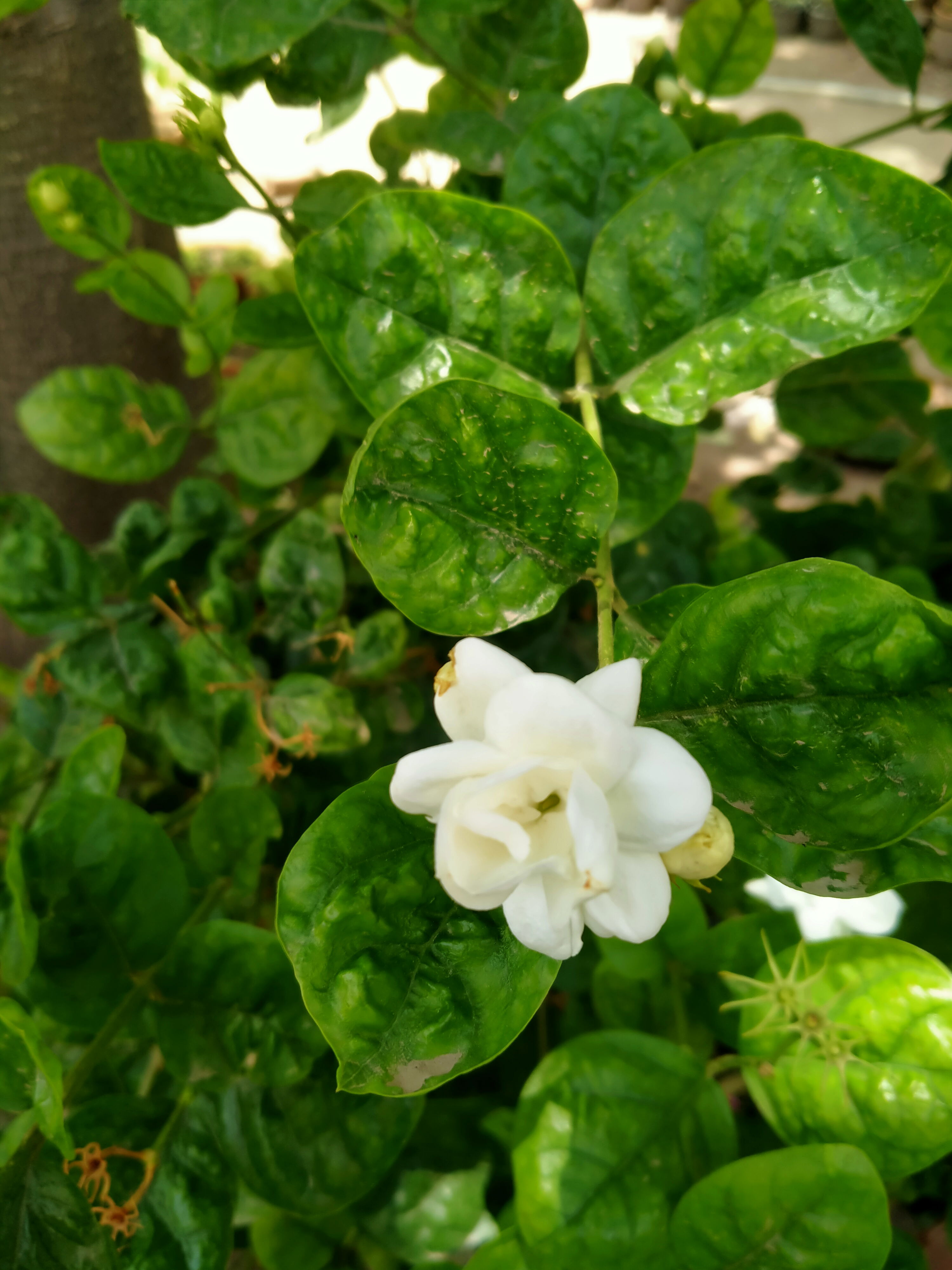Ornamental Plants infected by viruses !

Ornamental plants are cultivated for the purpose of decoration in landscapes throughout the world. Their significance is due to their beautiful visual appearance and they constitute a significant part of horticulture industry worldwide. Plant viruses of different taxonomic families have a substantial negative impact on ornamentals, inducing various symptoms and diminishing both the aesthetic value and quality, resulting in significant economic losses. Due to widespread and wide range geographical distribution of ornamental plant species, plant virus infection diversity is also high. Mostly ornamentals are propagated through vegetative propagation which leads to uncontrolled spread of viral pathogens.
A huge number of ornamental plants remain in the landscapes throughout the year as perennial ornamental plants, act as natural plant virus reservoirs which promote virus circulation and transmission to other important major crops. It is a common maxim that a thing of beauty is a bliss forever.
In broad term prettiness is another name of nature. The ornamental plants enhance the beauty of nature and used to beautify our homes, working places, historical places and places of recreations. Chrysanthemum belongs to genus Chrysanthemum L. and its family is Asteraceae.
Chrysanthemum genus comprises numerous species and many cultivars. The market value and demand of chrysanthemum is continuously increasing because of chrysanthemum usage. It is not only grown for its aesthetic values but also used as medicine and it also has insecticidal properties. about 20% of plant viruses have been found as infecting chrysanthemum.
Overall, the most destructive ones are RNA viruses like TAV and CMV from (genus Cucumovirus) and (family Bromoviridae), CVB from genus Carlavirus (family Betaflexivirdae), TMV from genus Tobamovirus and family Virgaviridae, PVY (genus Potivirus, family Potyviridae). DNA viruses also have significant negative impact on chrysanthemum such as chrysanthemum indicum yellow vein Delhi virus (genus Begomovirus, family Geminiviridae).
In Geminiviridae family the genus begomovirus is economically important genus, which can infect several cash crops of various families such as, Euphorbiaceae, Fabaceae, Cucurbitaceae and Malvaceae .
However, begomovirus infection has increased significantly in Pakistan, infecting a wide range of plants from different families, including, Legumes, Sonchus Avensis, Capsicum spp. Vinca minor, Duranta erecta, Rhynchosia minima, Momordica charantia, Bell pepper, Solanum nigrum Potato Zinnia elegans, Vigna aconitifolia, Ageratum conyzoides, Chilli pepper and Tomato.
Begomoviruses also have negative impact on ornamental plants. Ornamental plants are grown throughout the world for the purpose of beautification and decoration of urban landscapes. Ornamental plants are widely distributed and have wide range of plant species and cultivars therefore there is high diversity of viruses which attack the ornamental plants. Perennial ornamental plants remain in the landscapes or garden throughout the year so these ornamentals act as natural reservoirs of begomoviruses .
Viruses spread and circulate from these reservoirs and may transmit to other economically important crops. In virus taxonomy, Geminiviridae family is the largest ornamental plants infecting family and cause symptoms in ornamental plants like stunting of growth, yellowing of leaf veins, color distortion, mosaic pattern, mottling and curling of leaves.
Begomovirus is a genus of Geminiviridae family that causes substantial loss every year by infecting a vast range of ornamental plant. There is a huge number of begomoviruses reported to infect several ornamental plants. Chrysanthemum is a well-known ornamental plant which has dozens of specie and popular cultivars worldwide.
The Chrysanthemum reported to be infected with Chrysanthemum indicum yellow vein Dehli virus. Rose is also an important and very popular ornamental plant. Its popularity is due its charming look and also categorized as oil crop .
Rose leaf curl virus is a begomovirus that is identified in Pakistan in Rosa chinensis inducing leaf curl diseases of rose. Winter cherry (Solanum capsicastrum) is cultivated in pots and gardens as an ornamental plant, Pepper leaf curl virus was found infecting winter cherry .
In China, Clerodendrum cyrtophyllum and Hibiscus rosa sinensis are found to be infected with begomoviruses. Ageratum yellow vein china virus isolated from Mimosa invisa at the first time from Malaysia.
Genus begomovirus is a largest genus of all viral taxonomy as it consists of more than 400 recognized species. Begomoviruses are abundant and widespread throughout the world which show high degree of genetic diversity.
ICTV set demarcation criteria to purpose plant virus taxonomy. For species demarcation some of genomic parts should be taken in mind: absence or presence of DNA-B component, matters taxonomic status. Genome organization: presence or absence of open reading frame AV2.